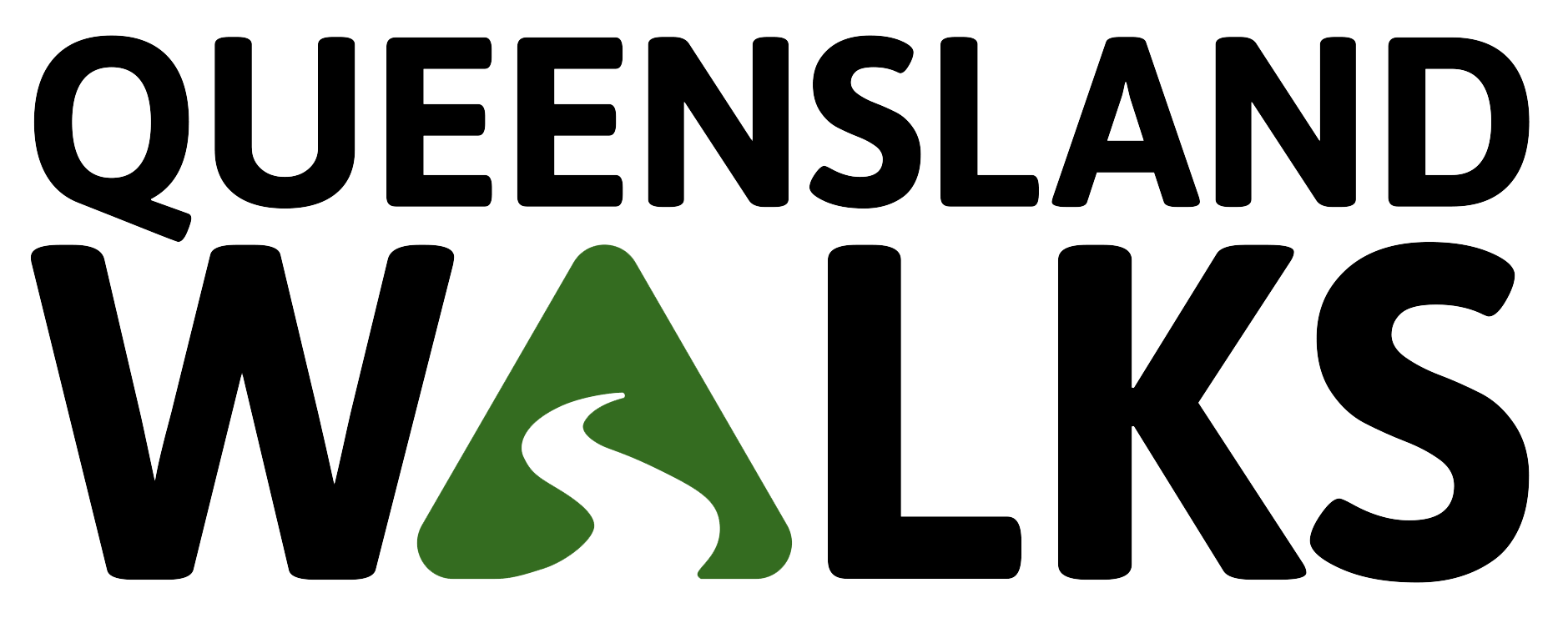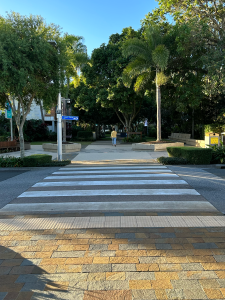Queensland Walks Feedback on the draft Walkable Brisbane Strategy
Have you read the Walkable Brisbane Strategy? Read Queensland Walks thoughts on what we need to do to ensure that Brisbane can become the most walkable city in Australia.
PDF: Walkable Brisbane Strategy 2022-2032 Queensland Walks Submission Sept 2023
WORD: Walkable Brisbane Strategy 2022-2032 Queensland Walks Submission Sept 2023
To achieve Brisbane becoming a truly walkable city, Queensland Walks knows that the Strategy will
need to be accompanied by a Pedestrian Priority Program and be fully funded across multiple
financial years. It is recommended that Council commits to:
1. Increasing the financial commitment to walking:
$20 million to resource and deliver the Walkable Brisbane Strategy
$200 million annually for a Pedestrian Priority Program.
2. Providing clear detail of the financial commitment there is to each Action and who will be
responsible for each Action (which Departments).
3. Ensuring that the community is involved in all footpath network reviews and shared path
network reviews with the development priority program plans and budgets for a program of
works for short, medium and long-term upgrades and that these reviews and plans happen
as soon as possible.
4. Building dedicated pedestrian infrastructure with segregated e-mobility paths or separation
of walking and wheeling.
5. Recognise walking as a high priority transport mode and significantly invest in footpath
networks adhering to the Sustainable Transport Hierarchy.
6. Implementing pedestrian training and staff resources to ensure success in the delivery of the
Strategy and a Pedestrian Priority Program.
7. Designing safer streets using a Place and Movement Framework including through
implementation of safer active streets.
8. Building Raised Priority Crossings on all slip lanes which would also include a slip lane
removal program.
9. Significantly investing in building pedestrian-friendly crossings including a range of options
including signalised intersections, Raised Priority Crossings and continuous shared paths.
10. Significantly increasing the shade canopy cover and shading solutions on footpaths.
11. Reviewing existing carriageways for the purpose of providing dedicated bus lanes thus
needing to reduce on-street carparking in certain areas to improve bus movement.
12. More deeply understanding the needs of older people, people with a disability and women,
to ensure personal safety for walking, rolling and strolling.
13. Better understanding of the community impact of temporary and longer-term footpath
closures traffic management actions and rewriting development conditions to ensure the
needs of the walking public are completely taken care of.
14. Developing a more efficient process for walking infrastructure maintenance acknowledging
that apps such as Snap Send Solve have made a huge difference in the way Council responds
to maintenance issues already.


